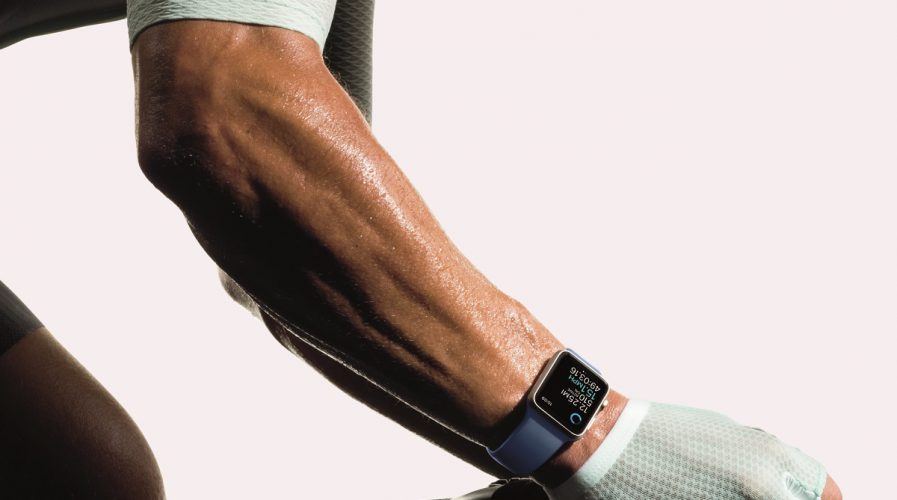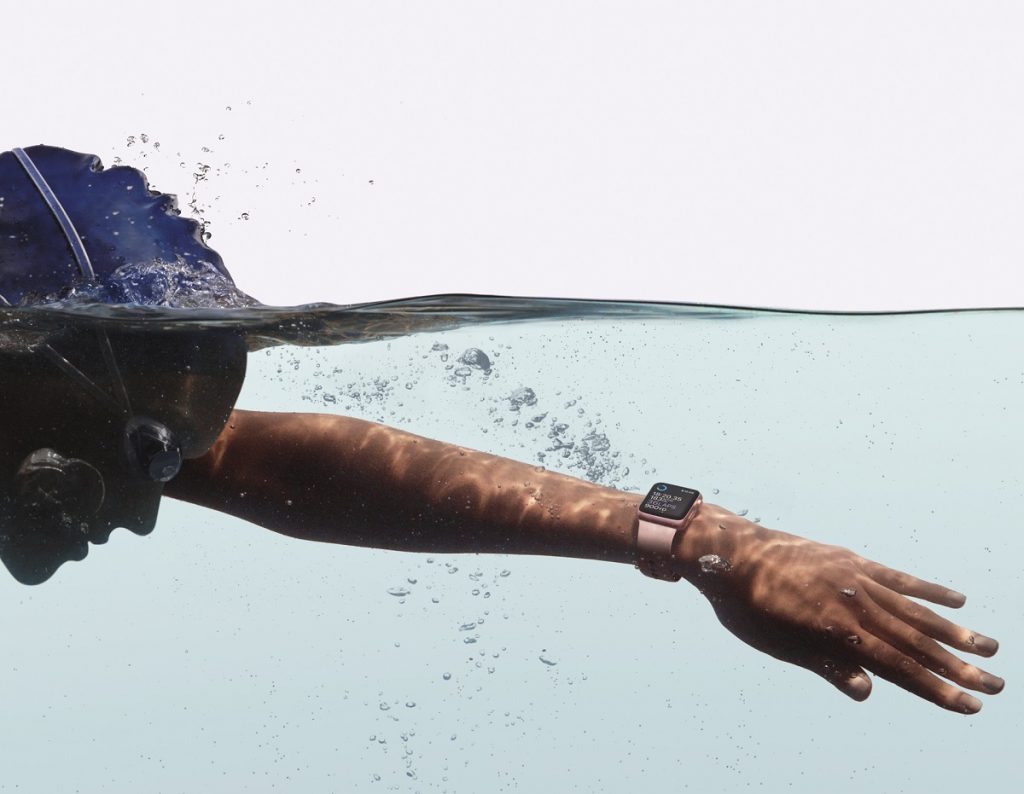
The latest Apple Watch makes fitness a priority. Pic: Apple
Health buffs, this one’s for you: New Apple watch puts fitness first
IN more Apple news, the company unveiled a second generation Apple Watch that targets health and fitness enthusiasts. This new strategy will strengthen its appeal to existing fans as well as cement its status as a niche product.
The Apple Watch was the first new device released under the Chief Executive Tim Cook’s supervision. However, it has yet to attract the masses with sales reducing by more than 50 percent from a year ago, selling 1.6 million units in the second quarter.
“Apple is responding to what has resonated with customers. The problem is there are only so many people who want to wear a health and fitness device. If they want this to be really massive, they’re going to have to go broader,” said analyst Jan Dawson.
SEE ALSO: Apple: Will the decision to kill the headphone jack pay off? The Internet thinks not
Apple debuted the new Watch on Wednesday at its keynote event along with the iPhone 7. Despite the company describing the Apple Watch as a essentially fashion accessory prior to the new launch, the new device sees more features fit for health enthusiasts, besides the notable Pokemon GO app.
The upgraded Apple Watch is waterproof and includes a GPS chip designed for workout buffs who want to track their workouts without carrying their phones. Apple also collaborated with Nike to design a special edition Watch.

Some analysts have predicted that it could outsell the first version partly because of the new fitness appeal. But it will continue to face challenges in its competition for consumer spending with smartphones.
According to analyst Colin Gillis, while the focus on fitness helps, Apple still needs a breakthrough app to nudge the smartwatch into the mainstream media.
The new Apple Watch starts selling at $369. Sanford Bernstein analyst Toni Sacconaghi predicts that the watch will generate $4.1 billion in profit for Apple this year, a significant hike from $2.7 billion in 2015.
READ MORE
- Strategies for Democratizing GenAI
- The criticality of endpoint management in cybersecurity and operations
- Ethical AI: The renewed importance of safeguarding data and customer privacy in Generative AI applications
- How Japan balances AI-driven opportunities with cybersecurity needs
- Deploying SASE: Benchmarking your approach
